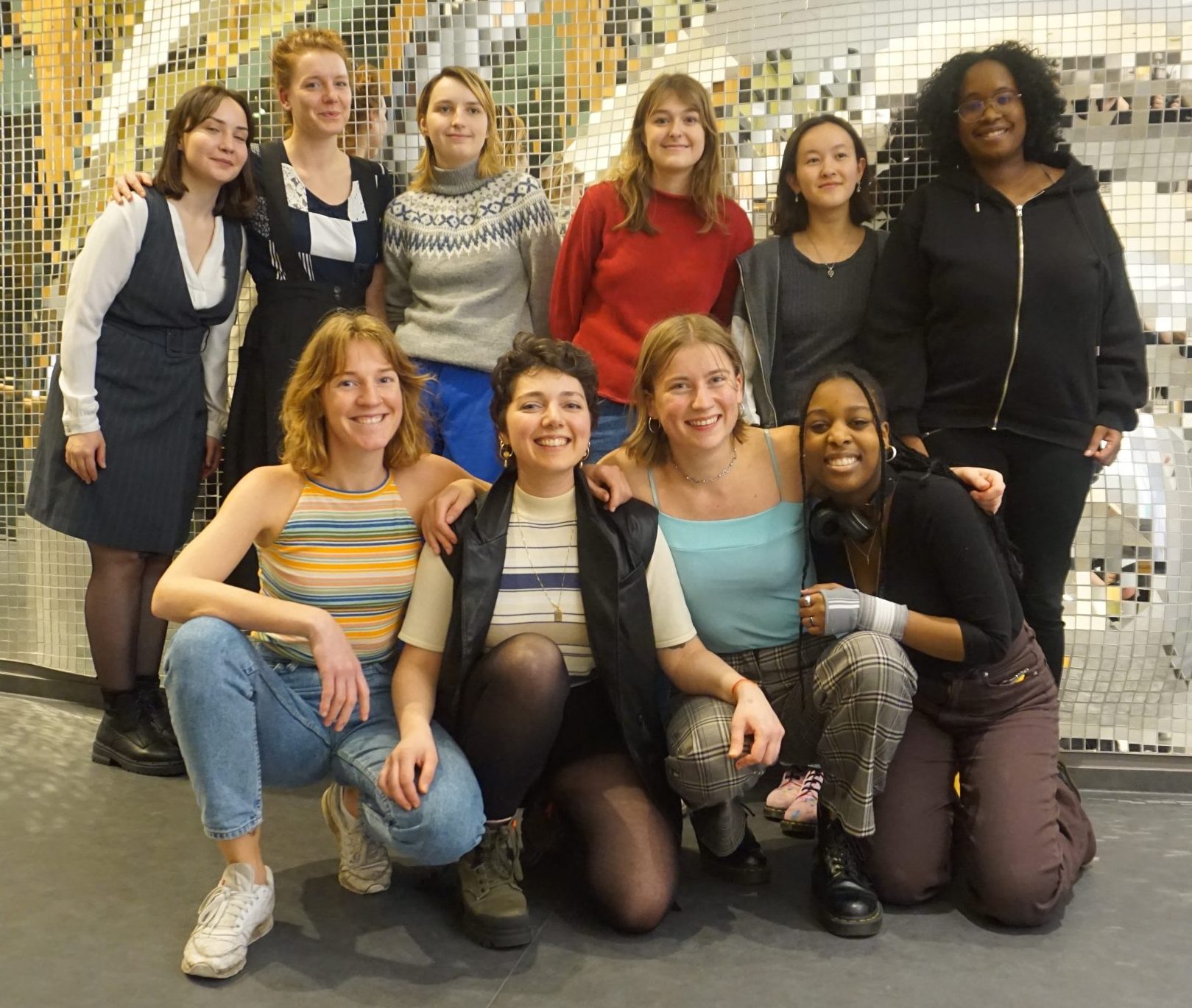Background
Inspired by large clothing swaps in the Netherlands, we organized our first event in October 2021. There was an enthusiastic response right from the start, which made us decide to continue this important work. We started a non-profit organization and later received support from Bergen Municipality and Vestland County to further develop the organization. Since then, we have started organizing repair cafes, hosted numerous upcycling workshops, visited schools with workshop programs, started a sewing club and have had collaborated with a number of organizations in and outside Bergen.
Accessibility
We at Clothing Swap Bergen believe that sustainable clothing is something we should all have access to, financially as well as physically. Currently, this is not always the case. New, but sustainably produced clothing labeled ‘fair’ or ‘ethical’ often comes at a higher price, too expensive for many. At the same time, national regulations and taxes in Norway make it challenging to sell used and vintage clothing, which makes this market expensive as well.
In an attempt to counter this development of economic exclusion in a sustainable way, Clothing Swap Bergen aims to keep prices low. Standard tickets to our events are 120NOK, while students and low-income people only pay 60NOK. If that price is still too high for some, they get free access.
To ensure the physical accessibility of our swaps, there is at least one person on the team who is responsible for providing special assistance to those in need. We pay extra attention to physical accessibility when choosing venues. It is important for CSB to be as accessible as possible and we will work actively to maintain this. In an effort to be an inclusive environment for international and migrant groups in Bergen, we share information in both English and Norwegian. At the event itself, guests can use either language, depending on their own preferences and needs.
Circularity
One of the most pressing problems in the fashion industry is the waste problem. Almost 60% of all clothing ends up in incinerators or landfills within a year of production (Fixing Fashion 2019, EPRS 2019). A large part of this is due to the industry destroying new clothes, but our culture of seeing clothes as disposable also plays a big role. We take this problem very seriously and are in a position to actively contribute to a solution. The swaps themselves plays a big role in doing so. Donated clothes often end up in landfills, and instead of getting rid of clothes in this way, swappers keep their clothes in their own community for the enjoyment of others. At the same time, we receive a surplus of clothes with each swap, and not everything that is handed in meets the quality we want to guarantee. That is why we have started collaborations with several organizations to be able to give informed and local donations. Examples are KMD students and other artists who work with textiles, Hjelperne and Ukrainian refugees in Bergen. In this way, we ensure that the clothes stay in Bergen. Low-quality clothes that are left are used for upcycle workshops.
